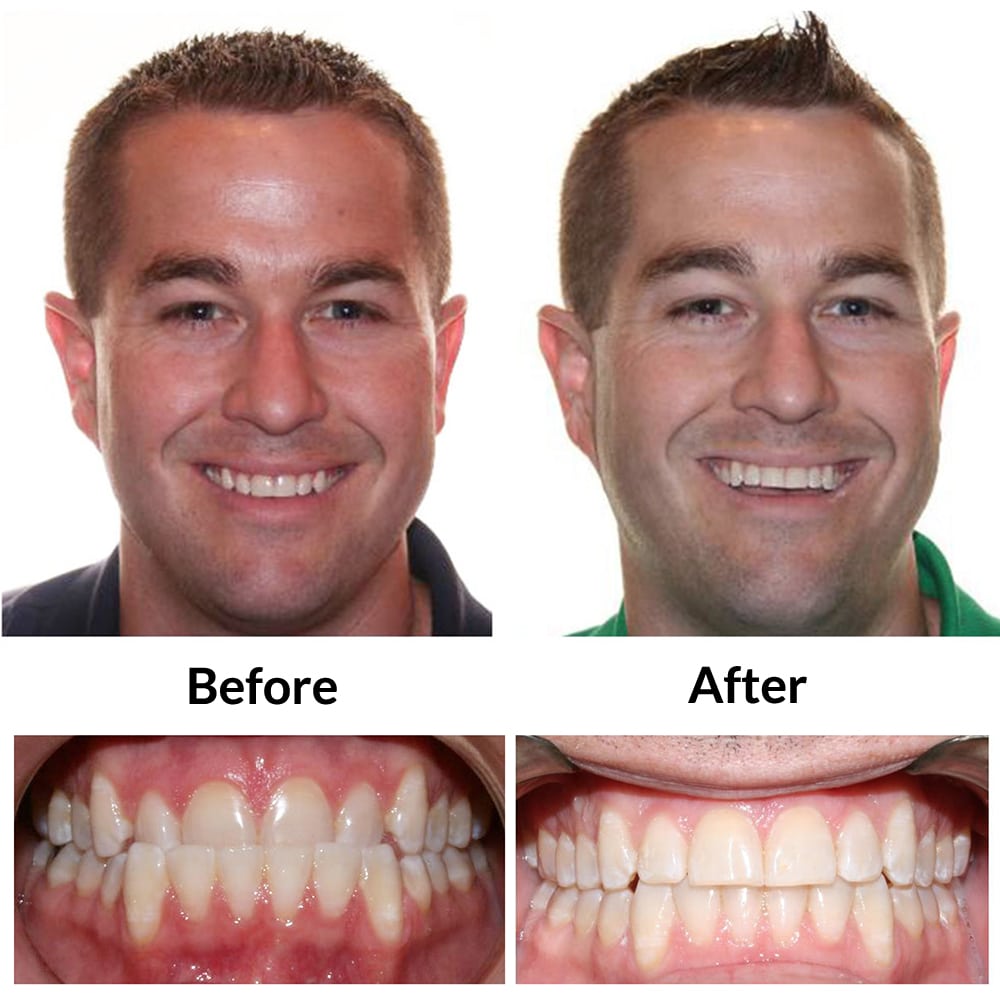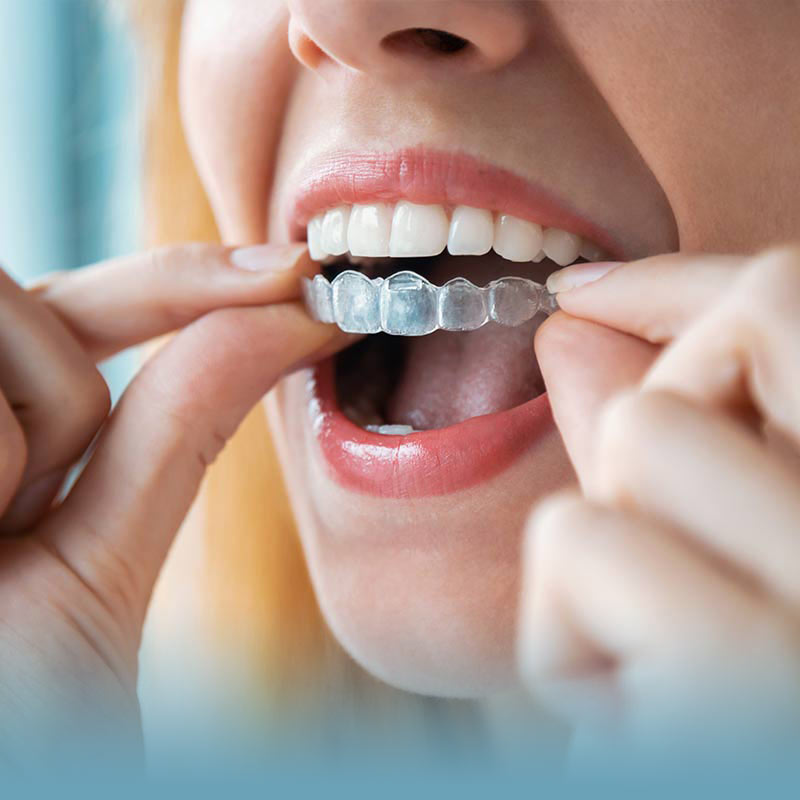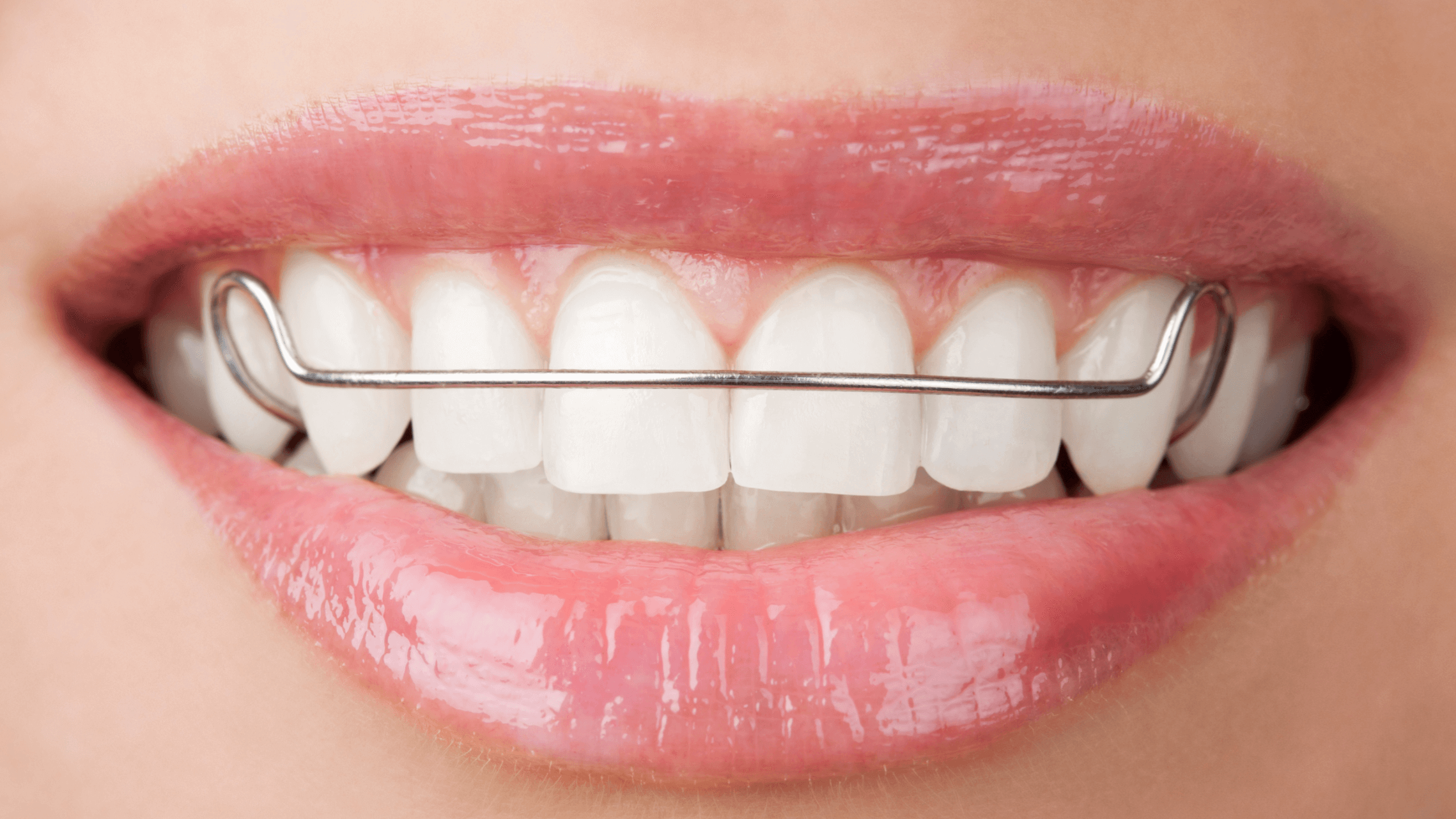The Ultimate Contrast: Invisalign vs. Traditional Braces for Grownups
The Ultimate Contrast: Invisalign vs. Traditional Braces for Grownups
Blog Article
Invisalign vs. Typical Braces: Which Option Is Right for You?
When taking into consideration orthodontic treatment, the option between Invisalign and standard dental braces provides several important aspects that warrant cautious examination. Invisalign provides a discreet choice with removable aligners, while conventional braces offer a more noticeable yet efficient solution for extreme misalignment.
Overview of Therapy Options

In comparison, typical braces include steel braces and cords that are bonded to the teeth. This technique uses constant pressure gradually to accomplish positioning. While reliable for complicated orthodontic problems, typical braces require routine gos to for modifications and can pose difficulties in keeping dental hygiene due to the problem of cleansing about cables and braces.
Both choices have their merits, and the option commonly pivots on particular oral problems, way of living preferences, and client compliance. Ultimately, getting in touch with an orthodontic expert is crucial for establishing one of the most ideal therapy plan customized to individual requirements. Understanding the nuances of each option can considerably influence the overall success of orthodontic therapy.
Aesthetic Considerations
A significant element influencing the option between Invisalign and traditional braces is the aesthetic allure each therapy uses. Invisalign aligners are crafted from clear plastic, making them essentially undetectable when worn. This discreet look is especially attracting adults and teenagers who may feel uncomfortable about their orthodontic therapy. The capability to preserve an all-natural smile throughout the placement process can substantially improve the patient's confidence in social and professional settings.
On the other hand, standard braces contain metal braces and wires, which can be a lot more recognizable. While improvements in orthodontic modern technology have resulted in the development of smaller braces and colored elastics, typical braces still keep a more noticeable profile. For some individuals, the presence of dental braces may prevent them from seeking needed therapy.
Ultimately, the option between Invisalign and typical braces may depend upon personal preferences pertaining to appearances. People who prioritize discernment typically favor Invisalign, while those who are less concerned about presence might select standard dental braces. Understanding the aesthetic ramifications of each alternative is essential for making a notified choice that straightens with one's way of life and choices.
Convenience and Convenience

In terms of benefit, Invisalign aligners are removable, enabling individuals to appreciate their favored foods without constraint and preserve optimal dental hygiene. Brushing and flossing are simplified, as the aligners can be taken out throughout these routines, whereas standard dental braces need careful steering around cords and brackets.
In addition, Invisalign's modern system enables less orthodontic brows through. Individuals generally obtain multiple collections of aligners at as soon as, which can improve the therapy process and reduce time spent in the orthodontist's chair. On the other hand, standard dental braces demand normal changes, making them much less hassle-free for those with active schedules. Invisalign. In general, the convenience and ease of Invisalign make it an enticing option for many people seeking orthodontic therapy.
Therapy Period and Effectiveness
While both Invisalign and standard dental braces work in remedying oral misalignments, the duration of treatment can differ considerably in this page between the 2 options. Typically, Invisalign additional resources treatment can take anywhere from 12 to 18 months, depending upon the intricacy of the instance. The clear aligners function by progressively shifting teeth into their preferred placements, and normal follow-ups with an orthodontist help make sure progression continues to be on track.
In contrast, typical braces typically call for a longer dedication, generally varying from 18 months to three years. This is due to their fixed nature and using cords and brackets, which can be more effective for severe imbalances and complex situations (Invisalign). The treatment effectiveness of conventional braces is well-documented, as they permit for specific changes and higher control over tooth motion
Eventually, the option between Invisalign and conventional braces may depend upon both the anticipated treatment period and the certain oral problems at hand. Consulting with an orthodontist is critical, as they can provide tailored recommendations based on specific requirements, making sure the selected technique lines up with desired timeframes and outcomes.
Price Comparison and Insurance Choices
Cost plays a substantial function in the decision-making process for people taking into consideration orthodontic treatment, whether choosing Invisalign or standard braces. Usually, the price of Invisalign varieties from $3,000 to $8,000, while traditional dental braces normally cost in between $2,000 and $6,000. Variables influencing these prices consist of the intricacy of the situation, the duration of treatment, and geographical location.
Many dental insurance coverage strategies provide partial protection for orthodontic therapies, yet the specifics can vary commonly. Usually, conventional dental braces might be more frequently covered by insurance coverage strategies compared to Invisalign, which some insurers categorize as click for more info a cosmetic procedure.
Furthermore, numerous orthodontic practices use adaptable repayment strategies, making both therapy options much more accessible. Clients must make inquiries about prospective funding alternatives and price cuts for upfront payments. Reviewing the overall expense, consisting of insurance advantages and settlement strategies, is essential for making a notified choice that lines up with both aesthetic preferences and spending plan considerations.
&srotate=0)
Conclusion
In summary, the option in between Invisalign and standard dental braces rests on multiple variables, consisting of visual choices, convenience, treatment duration, and cost. Invisalign offers a very discreet, detachable choice that facilitates dental hygiene and dietary adaptability, while typical dental braces may be better for complicated dental concerns and commonly come with a lower price factor. Inevitably, appointment with an orthodontist is necessary to examine private scenarios and establish the most appropriate therapy alternative for accomplishing ideal dental alignment.
When considering orthodontic therapy, the option between Invisalign and typical braces offers a number of important aspects that merit cautious evaluation.Contrasting Invisalign and conventional braces exposes distinct treatment alternatives for orthodontic modification.While both Invisalign and traditional dental braces are efficient in fixing oral misalignments, the period of treatment can vary significantly in between the 2 alternatives.Expense plays a significant duty in the decision-making procedure for individuals taking into consideration orthodontic therapy, whether deciding for Invisalign or conventional dental braces.In recap, the selection in between Invisalign and conventional dental braces hinges on numerous aspects, consisting of aesthetic preferences, convenience, therapy duration, and expense.
Report this page